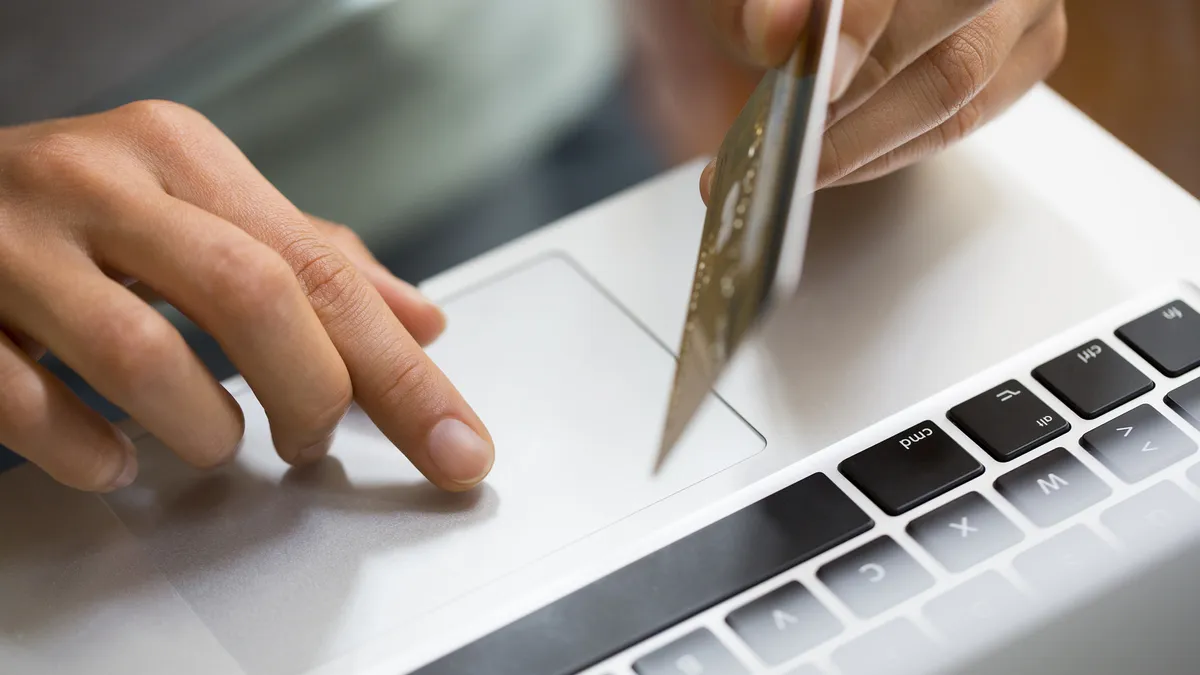Dive Brief:
-
The COVID-19 pandemic pushed consumers to spend $183 billion more online since March 2020, bringing total e-commerce spend to $844 billion, according to the Digital Economy Index report by Adobe. E-commerce spending in 2021 is expected to grow between $850 billion and $930 billion and reach $1 trillion in 2022, Adobe's report said.
-
During the first two months of 2021, consumers' usage of buy now, pay later services has grown 215% compared to last year, signaling increased consumer financial stress and more installment payment options. Adobe found that transactions using this method of payment are 18% larger than orders placed with other payment options.
-
An Adobe survey of 1,000 consumers found that 30% of online consumers would rather shop using buy online, pick up in store or curbside pickup over standard delivery. The post-holiday use of BOPIS has dropped, but it remains 67% higher in February 2021 than last year.
Dive Insight:
Early on in the COVID-19 pandemic, it wasn't clear if an uptick in services like curbside pickup and buy online, pick up in store would be long-lasting. While consumers are using BOPIS more, Adobe's report noted that shoppers are doing so during work hours because the pandemic "has blended work life and home life for many people."
Previous research suggests that retailers have responded to the higher consumer demand for BOPIS. A December 2020 report from the omnichannel platform NewStore found that 40% of retailers offer BOPIS, an increase from 25% in 2019. However, while more consumers turned to online shopping during the pandemic, fulfilling online orders remains a challenge for retailers.
Additionally, with more consumers using buy now, pay later options, more installment payment players are competing for market share. Both PayPal and Shopify have begun offering installment payments. Meanwhile, Affirm, which facilitates Shopify's installment payments, raised $1.2 billion from its IPO in January.













